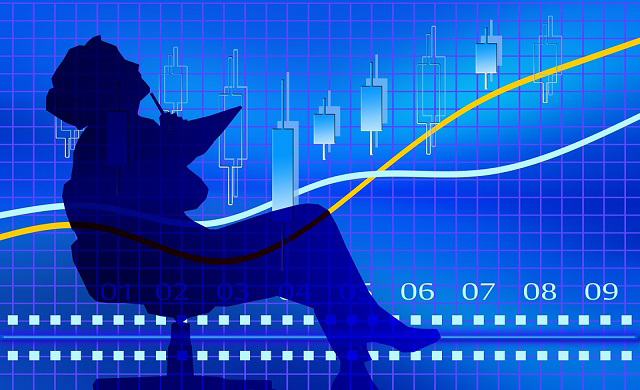Veteran and novice financial traders have one thing in common; they all make mistakes. This is the main reason why most traders aren’t successful long-term. Even professional hedge funds are not immune from making mistakes. One high profile example of this was hedge fund manager Bill Ackman’s investment in Valeant Pharmaceuticals. After buying the stock at $150, he made a profit when the stock reached a high of $250. But a few months later, the price collapsed and he exited at $10, making a $4.4 billion loss. This article will explain 10 of the most common mistakes in trading and how you can avoid them.

1. Rushing to trade
Many people hear about forex from their friends or from reading online, then open an account with any broker and immediately start to trade. They do this even when they don’t have a good understanding about the market. However, this is not a sustainable way to trade. Even if some trades will be profitable, most of them will not. As a result, they end up losing their money and probably won’t trade again.
To avoid this mistake, you need to study the market and practice as much as possible on a demo account, until you’re making consistent profits. This will help you understand how the market works and help you develop a method for your trading.
2. Big leverage
Leverage lets you maximise your returns. The concept of leverage can be compared to taking a loan from a bank to invest in stocks. If the price goes up, you will make a lot of money. However, it goes down, you will lose more money. A common mistake with many traders is that they use big leverage, which exposes them to bigger risks. To avoid this mistake, you should use a small amount of leverage, and stop loss. This will enable you to maximize your returns while mitigating the downside risks.
3. Not having a trading plan
A trading plan will help you know when to open a trade, what to trade, how long you will leave it open, and where you will place the stops. It will also help you identify the technical indicators that you will use. It is recommended that you spend a few months to develop and test a good trading plan, using a demo account.
4. Not following your trading plan
Creating a trading plan is one thing and following it is another thing. Unfortunately, most people don’t follow their own trading plans due to a lack of discipline. In the Bill Ackman’s example above, one major mistake he did was to invest in a pharmaceutical company that he didn’t quite understand. As a trader, you need to follow your trading plan and also tweak it when necessary.
5. Letting losses increase
This is a common problem that both professional and novice traders make. Again, in his Valeant trade, Bill Ackman could have sold his position when the fundamentals of the company changed. Instead, he continued to add to his position until he gave up. As a trader, it is important for you to be flexible and close trades that are not profitable. To help you with this, it is recommended that you use a stop loss, which will close the trade automatically, once your predetermined level is reached.
6. Following the herd
Another common mistake among traders is to follow the herd. Instead of making their own decisions, they follow what most of the market is doing. For example, they might watch CNBC or Bloomberg, hear an opinion by an analyst, and then make decisions based on these opinions. In most cases, the advice presented by the analysts is usually worthless. Their own money is not at risk when they make recommendations, so they don’t suffer the consequences if their advice is wrong. To avoid this mistake, you should always rely on your own analysis, and ensure you have a good understand of the basic principles of trading, by using guides provided by brokers such as easyMarkets.
7. Not using stop losses
Take profits and stop losses are important in your life as a trader. They are essential in determining your Risk Reward Ratio. In addition, they help you keep your account safe in case of a flash crash. A flash crash is a situation where the price of a security rises and falls sharply within a short period. To avoid this mistake, you need to set stop losses when you are initiating a trade.
8. Over-trading
Another mistake many traders often do is overtrading. They open too many trades within a day. While it is possible to profit using this approach, it also exposes you to more risks. Instead, you should try your best to open just a few trades every day. This will lower your trading costs, give you a peace of mind, and also help reduce the risk of more losses.
9. Over-Analyzing
It is important for you to do analysis before you open any trade. However, too much analysis can expose you to errors. In technical analysis, it is recommended that you specialize on a few indicators. Using a lot of indicators per trade will be difficult for you because it will give you too many conflicting signals.
10. Not having a trading journal
A trading journal is a simple and powerful document you can use to help you trading. Unfortunately, many people don’t record their trades in a journal. To prevent making the same mistakes, you should create a journal, for example in an Excel file or a dedicated mobile app. A journal should contain every trade and your reasons for buying and selling, plus any other notes you want to keep.

 Hot Features
Hot Features













